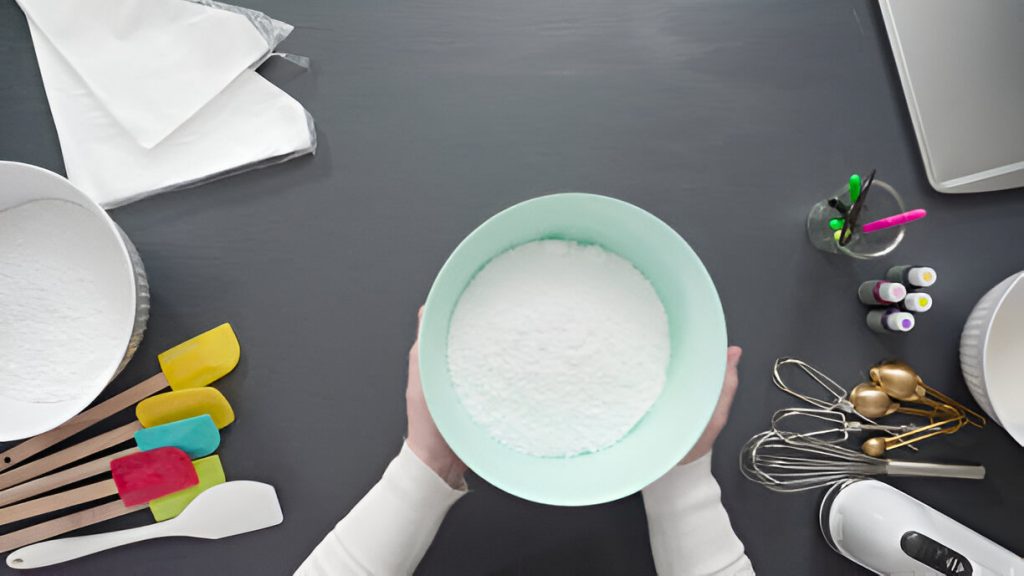If you’ve ever thought of coffee as a blank canvas waiting for a touch of artistry, then a flat white coffee might just be the masterpiece you’ve been seeking. But what exactly sets this velvety brew apart from the crowd of espresso-based beverages? Let’s uncover the secrets behind the smooth texture, the perfect balance of flavors, and why the debate between Australia and New Zealand adds an intriguing layer to its history. Get ready to sip your way through the fascinating world of flat whites and discover what makes them a beloved choice for coffee connoisseurs worldwide.
Origins and Controversy
The origins of the beloved Flat White coffee remain a subject of passionate debate and controversy between Australia and New Zealand. New Zealanders claim Derek Townsend invented the Flat White in 1984, while Australians credit Fraser McInnes for coining the term in 1989. Both countries fiercely defend their historical origins, with each asserting its unique contribution to the creation of this iconic coffee drink. The invention controversy adds an intriguing layer to the rich tapestry of coffee culture shared between these neighboring nations. Despite the disputed beginnings, it’s undeniable that the Flat White has become a staple in cafes worldwide, captivating coffee enthusiasts with its perfect balance of espresso and velvety milk.
As you delve into the origins of the Flat White, the rivalry between Australia and New Zealand over its invention shines a light on the passion and pride each country holds for its coffee heritage. The stories of Derek Townsend and Fraser McInnes add depth to the narrative, fueling the ongoing debate that continues to stir the hearts of coffee aficionados on both sides of the Tasman Sea.
Making a Perfect Flat White
As we explore the art of crafting the perfect Flat White, the key to a sublime experience lies in mastering the precise techniques of espresso extraction and milk steaming. Achieving the ideal balance of rich espresso and velvety microfoam requires attention to detail in every step of the preparation process. Here is a breakdown of essential elements to consider:
| Steaming techniques | Milk ratios | Espresso quality |
|---|---|---|
| Create velvety microfoam for a smooth texture | Use equal parts coffee and milk for a balanced flavor | Opt for high-quality espresso beans for a robust taste |
| Foam consistency | Serving sizes |
|---|---|
| Aim for dense microfoam with no large bubbles | Serve in 160-165 ml tulip-shaped cups for the perfect ratio |
Tips for Preparation
Crafting a flawless flat white coffee hinges on mastering the nuanced art of milk steaming and espresso extraction with precision and finesse. To achieve perfection, start with the right steaming technique. Create velvety microfoam for that signature texture. When steaming the milk, aim for dense foam without large bubbles to ensure a creamy mouthfeel. The quality of your espresso is paramount; it should be rich and full-bodied to stand out in the final cup. When it’s time to combine the milk and espresso, pour the milk onto the espresso in a single spot to allow for seamless integration of flavors. Remember, the ideal serving size for a flat white is 160-165 ml, typically in a tulip-shaped cup. Mastering the pouring method and ensuring the milk texture is just right will elevate your flat white to a true coffee connoisseur’s delight.
Flat White Vs Latte
When comparing a flat white to a latte, the key distinction lies in the coffee to milk ratio and the resulting flavor profile. A flat white typically has a higher coffee to milk ratio, resulting in a stronger espresso flavor compared to a latte. The foam thickness is another differentiating factor, with a flat white having a thinner layer of microfoam compared to the thicker foam present in a latte. This difference in foam thickness contributes to the overall texture and mouthfeel of the two drinks.
In terms of serving sizes, a latte is traditionally served in a larger 200 ml glass, while a flat white is served in a smaller 180 ml cup. This difference in size also impacts the intensity of the flavor experienced when sipping each beverage. The espresso strength is more pronounced in a flat white, making it a preferred choice for those looking for a bolder coffee taste, whereas a latte offers a lighter flavor due to the increased milk content. Whether you prefer the robust kick of a flat white or the creamier, milder taste of a latte, both beverages offer a delightful coffee experience tailored to suit different preferences.
Calorie Content
Delve into the calorie content of flat white coffee to understand its nutritional impact and make informed choices about your coffee consumption. When considering the calorie content of your flat white, several factors play a role:
- Milk Types: The type of milk used in your flat white can significantly impact its calorie content. Opting for low-fat or alternative milks can reduce the overall calories in your drink.
- Sweeteners Impact: Be mindful of any added sugars or sweeteners in your flat white, as these can contribute to an increase in calorie content. Choosing unsweetened options can help keep your drink lower in calories.
- Serving Sizes: The size of your flat white can affect its calorie count. Opting for a smaller serving size can help control calorie intake.
- Foam Consistency: The foam consistency in your flat white can also influence its calorie content. Dense foam may add a slightly higher calorie count compared to lighter foam variations.
Evolution and Popularity
To truly grasp the allure of flat white coffee and its current standing in the realm of specialty beverages, understanding its evolution and widespread popularity is key. The flat white has seen a remarkable evolution in recent years, with trends shifting towards a more artisanal appeal. Its global influence has grown exponentially, becoming a favorite among coffee enthusiasts worldwide. The brewing techniques have also evolved, with baristas experimenting to enhance the flavor profiles of this beloved drink. The flat white’s rise to fame can be attributed to its velvety microfoam, which adds a luxurious touch to the robust espresso. Its higher coffee to milk ratio sets it apart, delivering a stronger coffee taste compared to a latte. This unique balance has captured the hearts of many, making the flat white a staple in specialty cafes and mainstream coffee culture alike. Embrace the evolution of this iconic drink and savor its rich, flavorful essence.
Composition Comparison
For a nuanced understanding of the intricate world of coffee compositions, explore the intricate interplay of flavors and textures found within different espresso-based beverages.
- Milk Balance: The flat white strikes a delicate balance between espresso and milk, with a higher coffee to milk ratio compared to a latte, resulting in a bolder coffee flavor.
- Flavor Profile: The flat white offers a robust and intense coffee taste due to its minimal milk content, providing a more pronounced espresso experience.
- Chocolate Addition: Unlike the mocha, the flat white does not incorporate chocolate, allowing the pure essence of coffee and milk to shine through without additional flavorings.
- Textured Milk: The flat white features microfoam milk, which is steamed to a velvety texture, enhancing the overall mouthfeel and creating a smooth and luxurious drinking experience.
- Coffee Ratios: The flat white maintains a harmonious ratio of espresso to milk, ensuring that the rich espresso flavor remains prominent while still being complemented by the creamy texture of the milk.




